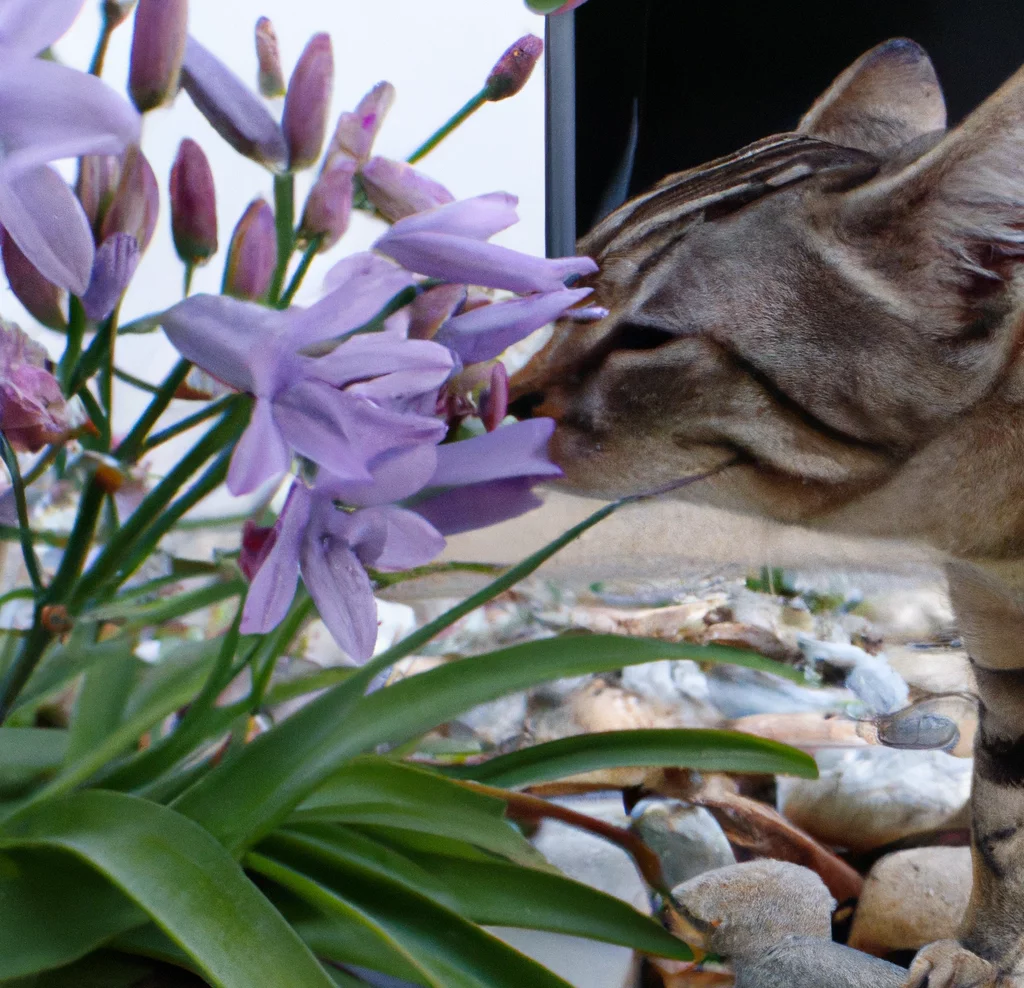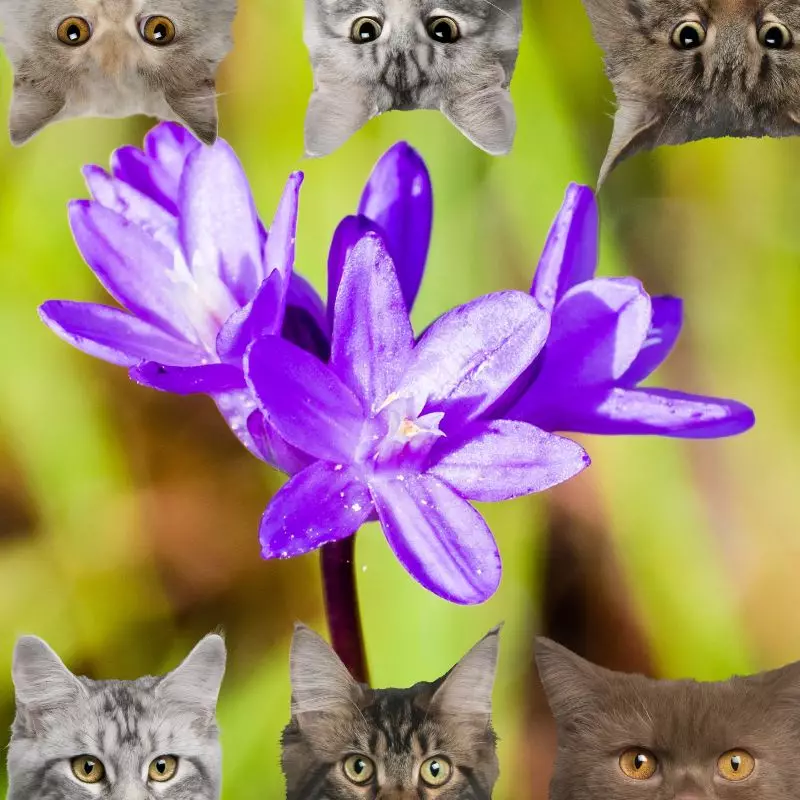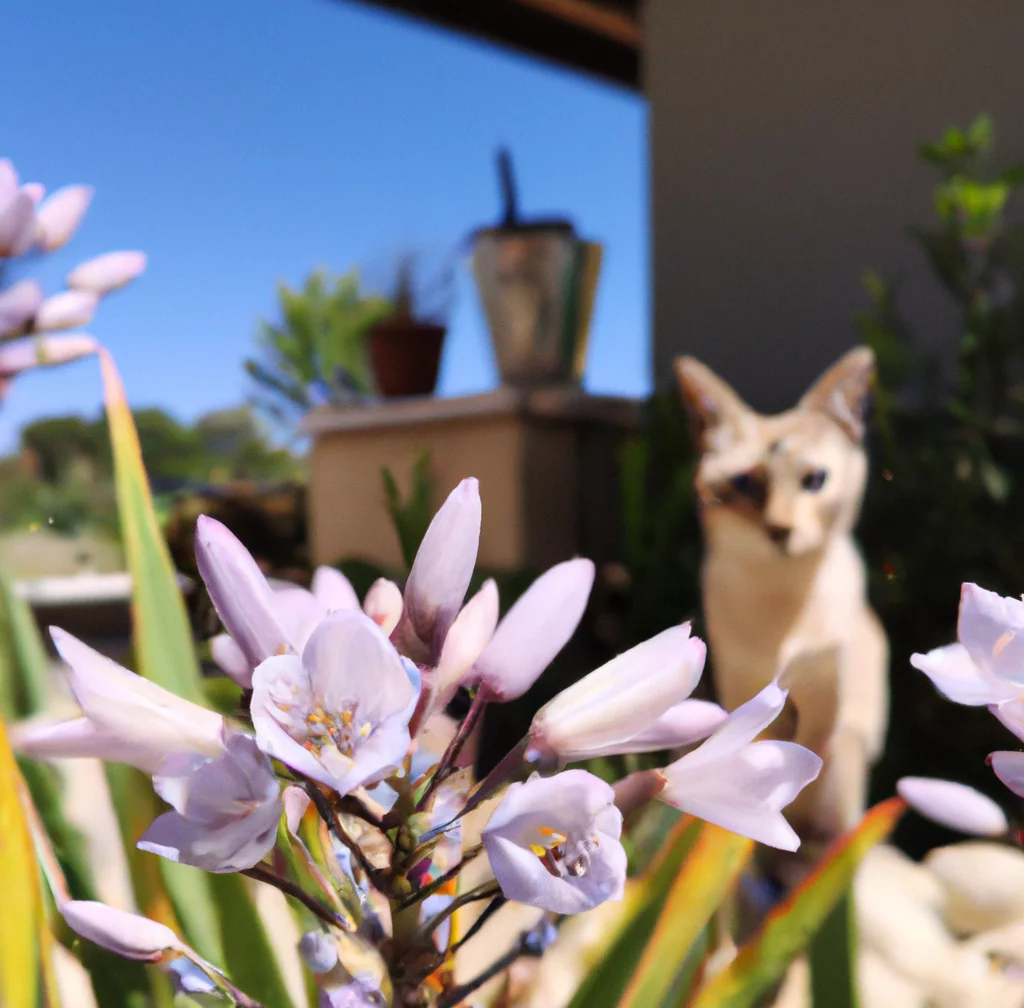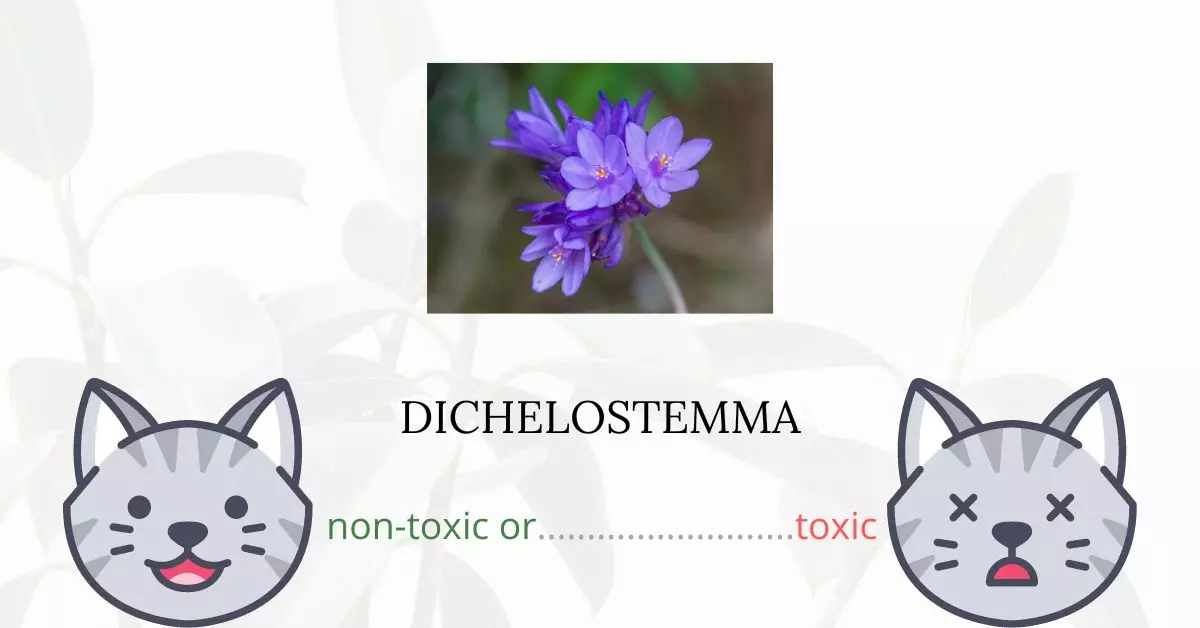No, Dichelostemma is not toxic for cats. This conclusion is supported by the American Society for the Prevention of Cruelty to Animals (ASPCA) which includes Dichelostemma on its list of non-toxic plants for felines. However, while Dichelostemma is deemed safe, consumption might still pose concerns.
To ensure the accuracy and relevancy of our findings, this article has been crafted in collaboration with a team of experienced DVMs (doctors of veterinary medicine). Their invaluable insights, combined with thorough research from high-authority websites such as ASPCA and PetMD, allow us to provide comprehensive information about the potential risks associated with various plants, including Dichelostemma, and their effects on cats. Continue reading to understand the potential implications of cats eating Dichelostemma.
Can Cats Eat Dichelostemma?

Seeing your cat nibbling your dichelostemma might concern you. Well, having a few bites of this plant will not cause any harm. There is no need to worry it does not contain toxic substances.
Keep in mind that the majority of plants may cause vomiting and diarrhea in cats if too much has been consumed. This is because cats are naturally carnivorous animals and they do not have the enzymes required to properly digest plant material.
As a cat owner, you should be also aware that there are other factors that can harm your cats due to eating plants. The primary factor that you should be aware of is the usage of pesticides and fertilizers. These products may contain hazardous substances that can potentially harm your feline companions.
If you plan on using these products, make sure to use the natural ones. Always check the label, and read the ingredients before using it on your plants.
What is Dichelostemma?

Dichelostemma is a genus containing four species that can be found across the western United States but are mostly found in northern California. It was previously classified as part of the Amaryllidaceae, Alliaceae, and Liliaceae families. In 2001, it was reclassified as part of the Themidaceae family, which also includes several California genera (Androstephium, Bloomeria, Brodiaea, Muilla, and Triteleia).
Dichelostemma differs from Brodiaea by having a blooming stem that is generally curled or twisted (rather than straight), an umbel that is thick and not open, and filaments that are crown-like, forming a tube outside the anthers in certain species.
Seeds can be planted in the fall and grown from there. They bloom when the days become dryer and warmer and their leaves begin to shrink throughout the winter rainy season. They go dormant in the summer and don’t sprout again until late fall, when it starts to rain. Species cultivated from wild seeds may demonstrate varying degrees of hardiness due to their vast range of elevations in nature.
Keeping Cats Away From Dicholestemma

To keep cats from exploring your garden, create a special space for them. Introducing smelly plants that cats despise to trouble locations may persuade them to leave.
Fill a children’s water pistol with water and keep it handy to gently drive away any unruly cats who keep invading the garden. Please make sure it’s low-powered and squirted near the cat rather than directly at it.
Another method you can try to discourage cats from coming near your plants is to place aluminum foil near your plants. You can wrap it around your plant pots or place it over the ground near your plants.
Plants to Avoid For Your Cats
If you are a cat owner and unsure if the plants growing in your yard are harmful to your cats, check out this list of toxic plants for cats. You can also check our list of non-toxic plants for cats.





